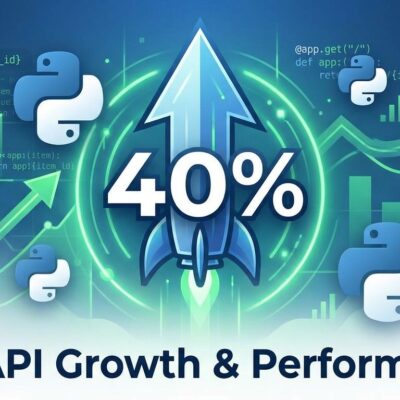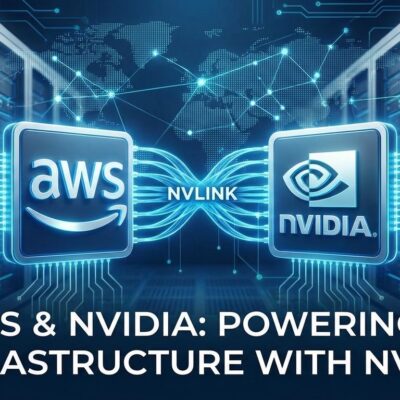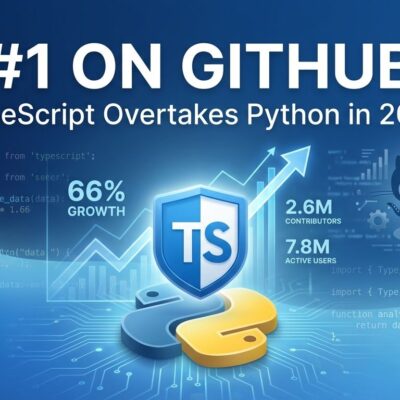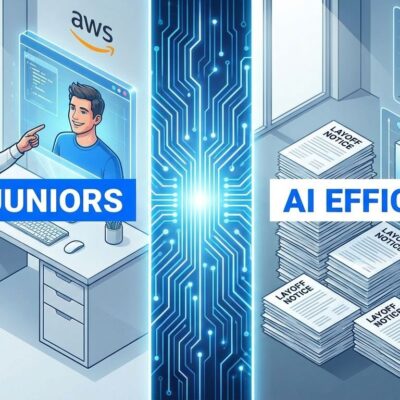
Jeff Bezos is returning to an operational CEO role for the first time since leaving Amazon in 2021, co-leading Project Prometheus, a stealth AI startup with $6.2 billion in funding announced on November 17, 2025. The company focuses on “physical AI” for manufacturing and engineering across computing, automotive, and aerospace sectors. This marks a strategic shift in the AI industry from large language models like ChatGPT to AI systems that interact with the real world through robotics and automation.
Bezos isn’t returning to just any startup. Moreover, Project Prometheus represents a bet that the AI industry’s next trillion-dollar wave will come from manufacturing floors, not chat interfaces. With nearly 100 employees poached from OpenAI, DeepMind, and Meta, the talent exodus signals where top engineers see the future.
What is Physical AI?
Physical AI enables robots and automated systems to perceive, learn, and respond to complex real-world environments—a fundamentally different challenge than text-based LLMs. While ChatGPT processes language, physical AI controls robotic arms, manages assembly lines, and optimizes aerospace engineering. The results are already measurable: Mercedes-Benz cut factory planning time by 80% using digital twin AI, while Schaeffler improved robot cycle times by 40% with AI-powered systems.
The technology works through a cycle of perception, processing, and action. Sensors capture real-world data, AI models interpret it, and robotic systems execute decisions—all while learning from each iteration. Furthermore, Foxconn, the Apple supplier, is transitioning entire production lines to AI-controlled robots that train in virtual environments before touching physical products. These systems handle precise tasks like screw tightening and cable insertion, adapting to variations that would break traditional automation.
Manufacturing robot costs dropped 40% between 2023 and 2024, accelerating adoption across electronics, automotive, and pharmaceutical sectors. Consequently, Deloitte’s November 2025 report declared “the physical AI era is beginning,” backed by $1.2 trillion in U.S. manufacturing capacity investments announced this year. The chatbot market is saturated. In contrast, physical AI is the new frontier.
The $6.2B War Chest and Talent Exodus
Project Prometheus is exceptionally well-resourced, placing it in the top 1% of startup funding. Bezos co-leads with Dr. Vikram “Vik” Bajaj, a former Google Life Sciences co-founder with an MIT Ph.D. in physical chemistry. Bajaj brings credibility in bridging physical sciences with AI—exactly the expertise needed for hardware-software integration at scale.
The talent war tells the real story. Nearly 100 employees abandoned OpenAI, DeepMind, and Meta for Prometheus. This mirrors broader industry trends: 78% of Meta’s Llama research team left the company, while OpenAI suffers a 67% retention rate compared to Anthropic’s 80%. Therefore, top AI engineers are voting with their careers, and they’re choosing physical AI over LLMs.
Fortune reported compensation packages reaching hundreds of millions, with one rejected offer valued at $1.25 billion. Microsoft poached 20+ DeepMind engineers including the head of Gemini chatbot. As a result, the talent war is shifting from who builds the best LLM to who builds the best manufacturing AI. Bezos has the capital to win bidding wars, and Bajaj’s scientific leadership appeals to researchers frustrated with pure software projects.
Bezos vs Musk: The Physical AI Arms Race
Project Prometheus directly challenges Elon Musk’s Tesla Optimus humanoid robotics program. The Bezos-Musk rivalry, already playing out in space with Blue Origin versus SpaceX, now extends to factory floors. Musk claims Optimus could create a $25 trillion market combining Tesla’s automotive business with humanoid robots. However, Bezos isn’t conceding that opportunity.
Musk has advantages: Tesla’s vertical integration, battery expertise, and manufacturing experience give Optimus a 2+ year head start. When Bezos backed Figure AI with Microsoft and NVIDIA in March 2024 (a separate $1 billion humanoid robotics investment), Musk responded on social media with “Bring it on.” The competition is personal.
Nevertheless, Prometheus’s $6.2 billion war chest and Bezos’s operational genius from Amazon logistics create a credible threat. Tesla optimizes for cost and scale; Bezos optimizes for customer obsession and long-term thinking. Both approaches work, but stealth mode gives Prometheus the element of surprise. When the company emerges from secrecy, expect manufacturing partnerships Musk didn’t see coming.
Related: AI Coding Tools Make Developers 19% Slower: The Lie
The market is large enough for multiple winners, but the rivalry accelerates innovation. Musk’s public demonstrations pressure Bezos to deliver results. Meanwhile, Bezos’s stealth strategy forces Musk to wonder what’s coming next. Developers benefit from the competition: more jobs, higher compensation, and faster advancement of physical AI capabilities.
What Developers Should Know
Physical AI requires different skills than LLM development. Forget prompt engineering—learn robotics fundamentals (ROS), computer vision (OpenCV, object detection), and reinforcement learning for sim-to-real transfer. The job titles are changing: perception engineer, simulation engineer, digital twin specialist. Additionally, these roles combine robotics expertise with AI knowledge, a scarce combination commanding premium compensation.
The geographic hub is forming in the San Francisco Bay Area, where Prometheus reportedly operates. NVIDIA partnerships with U.S. manufacturing leaders validate the industry’s growth trajectory. Furthermore, companies beyond Prometheus, Tesla, and Figure AI are entering the space, creating opportunities for developers at multiple stages of career.
For those considering the shift from LLM to physical AI development, the learning path starts with computer vision, progresses through robotics simulation (NVIDIA Omniverse, Unity), and culminates in hardware integration. The combination of skills is rare enough that employers are desperate for talent. However, iteration cycles are slower than LLM work—debugging physical systems takes days, not minutes—and safety stakes are higher. Bad LLM output is incorrect text. In contrast, bad physical AI is factory accidents.
Key Takeaways
Bezos’s return as CEO validates physical AI as the next trillion-dollar wave after LLMs. His first operational role since leaving Amazon in 2021 signals conviction that manufacturing automation is as transformative as e-commerce was in 1994.
The $6.2 billion funding and 100-employee talent exodus from OpenAI, DeepMind, and Meta show the industry’s center of gravity shifting from chatbots to manufacturing. When top engineers choose physical AI over LLMs, follow the talent.
The Bezos-Musk rivalry extends from space to robotics, with Prometheus challenging Tesla Optimus for control of a potential $10 trillion humanoid robot market. Consequently, competition accelerates innovation and creates developer opportunities across both companies and their ecosystems.
Physical AI is delivering measurable results: Mercedes-Benz achieved 80% time reductions, manufacturing robot costs dropped 40%, and $1.2 trillion in U.S. manufacturing capacity investments prove industry commitment. This isn’t hype—it’s happening now.
Developer career opportunities are expanding beyond LLMs into robotics, computer vision, and hardware-software integration. Compensation is skyrocketing for those with the rare combination of AI and robotics expertise. Therefore, the question isn’t whether to learn physical AI skills, but how quickly you can adapt before the talent market saturates.











